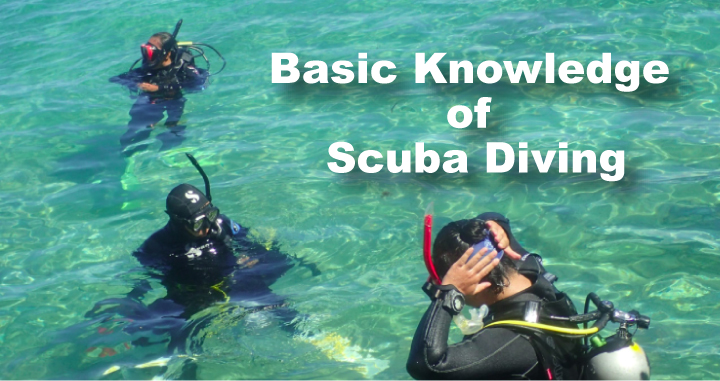Review of knowledge not written in the scuba diving manual.
What is “Open Water”?

“Open water” refers to environments where divers can ascend directly to the surface after a dive — such as the ocean or lakes. Conversely, environments like caves or the interiors of wrecks, where the ceiling prevents direct ascent, are called “Closed Environments” or “Overhead Environments.”
In such environments, where immediate ascent is impossible, PADI Open Water Divers are not recommended to dive alone. For safety, divers must dive with advanced divers who have proper training and certification, or take specialized courses such as Cave Diver Specialty or Wreck Diver Specialty.
Basic Restrictions of PADI Courses
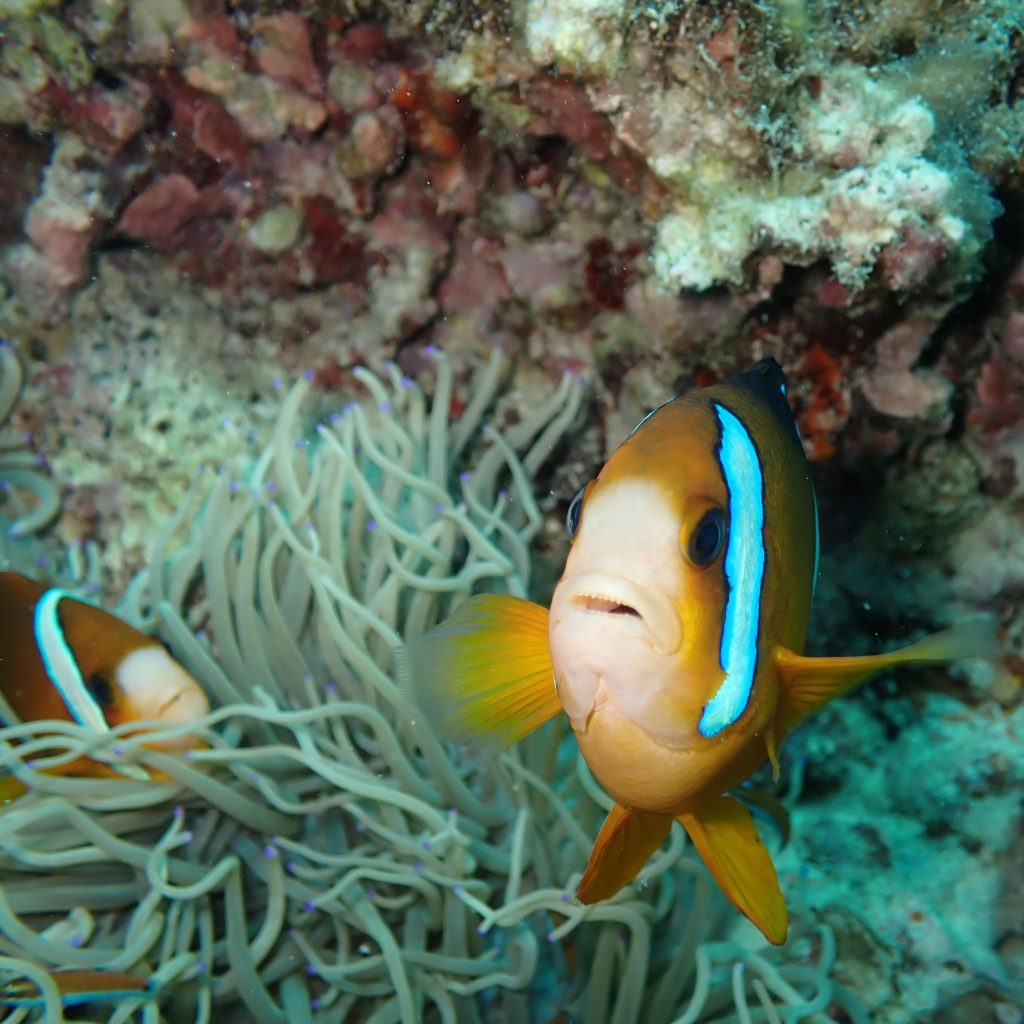
Except for a few exceptions, all PADI training courses are designed to teach “self-diving,” which means diving without an instructor or guide. Therefore, in the entry-level “PADI Open Water Diver Course,” students are trained to dive independently up to 18 meters. This is why the Open Water limit is set at 18 meters.
The 18-meter depth limit for Open Water Divers can be extended to 30 meters (with a maximum limit of 40 meters) after learning deep diving methods in the PADI Advanced Open Water Diver Course.
Exception Rules
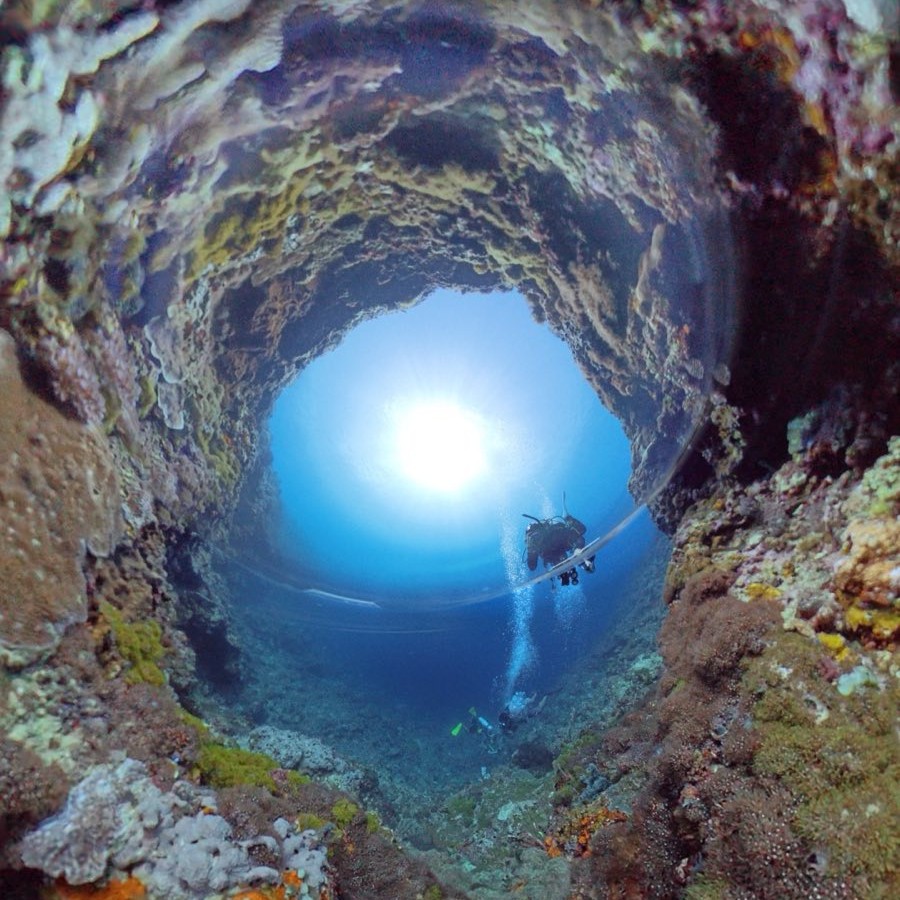
The diver’s depth limit (the maximum allowable depth) does not apply when accompanied by dive professionals such as instructors or dive guides. Always follow professional instructions.
Check Professional Qualifications
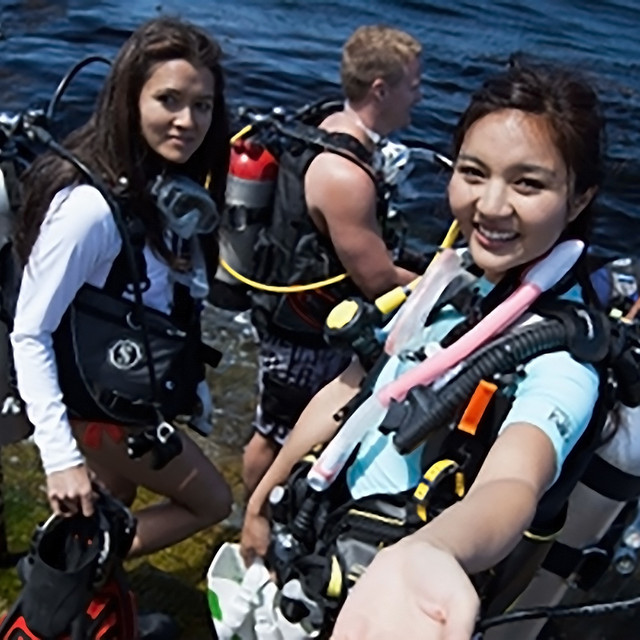
When applying for a course or fun dive at a dive center, do you rely only on information from social media or TripAdvisor?
There are two important points when choosing a dive professional or dive center:
・Is the dive center registered with a recognized diving certification organization?
・Does the professional have “Teaching” status?
These two points are crucial.
Dive centers registered with certification organizations are required to have insurance, providing coverage in case of emergencies.
Also, guides or instructors who have not renewed their membership may not have the latest standards and information, which can be risky.
Each certification organization provides a webpage to verify dive professionals. For PADI, you can check the following URL:
https://apps.padi.com/scuba-diving/pro-chek
Tips for Choosing a Dive Center
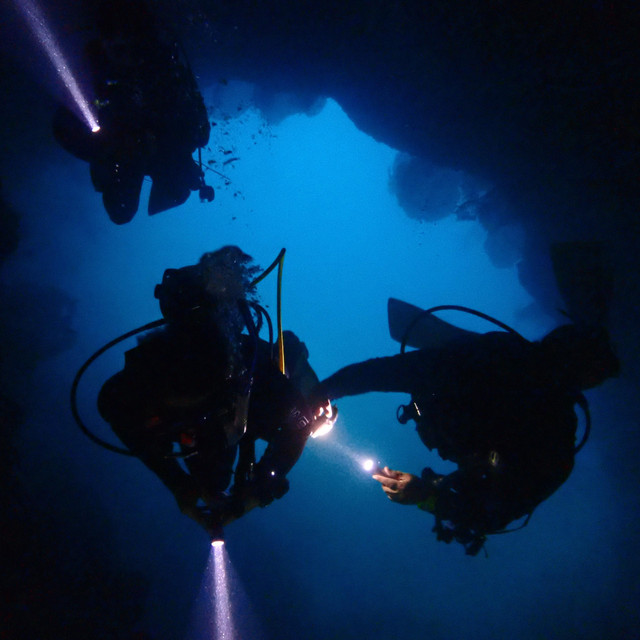
Some dive centers are independently operated by individuals or companies, while others are officially registered with organizations like PADI and covered by insurance.
Dive centers registered with a certification organization are allowed to display the organization’s logo on their websites or business cards.
After finding a dive center on review sites such as TripAdvisor, confirm that the center is affiliated with a recognized certification organization. The easiest way to verify this is by asking for their dive center number; if uncertain, contact the certification organization directly.
Handling Your Mask

Do not place your mask on your forehead when removing it. If a wave suddenly hits, you could lose your mask.
Never wear your mask sideways or backward like a baseball cap. Heat and moisture from your head can cause fogging, even if you have applied anti-fog treatment.
It is recommended not to remove your mask until you have completely exited the water. This allows you to immediately descend and recover dropped items, such as a camera, during exit.
About Snorkels
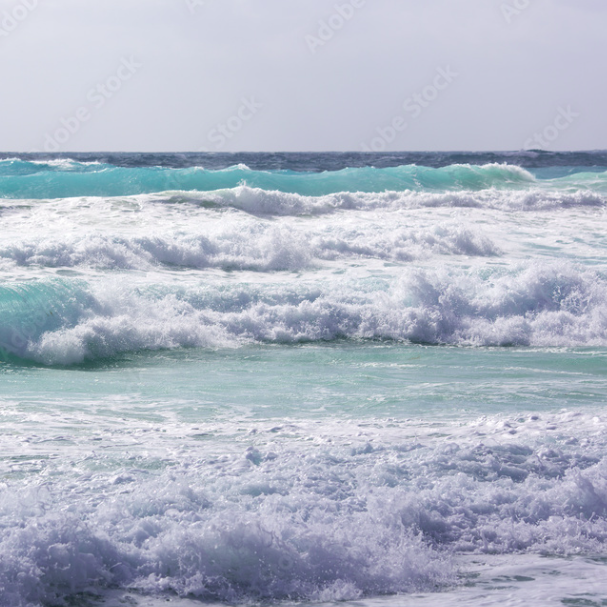
In many developing countries, particularly in Southeast Asia where the sea is relatively calm, diving professionals tend to underestimate the importance of snorkels.
However, in places like Hawaii or the Sea of Japan, where large waves are common, not using a snorkel can be life-threatening.
A snorkel is officially designated as essential equipment by PADI, just like a mask or regulator, so especially when self-diving, always wear one.

